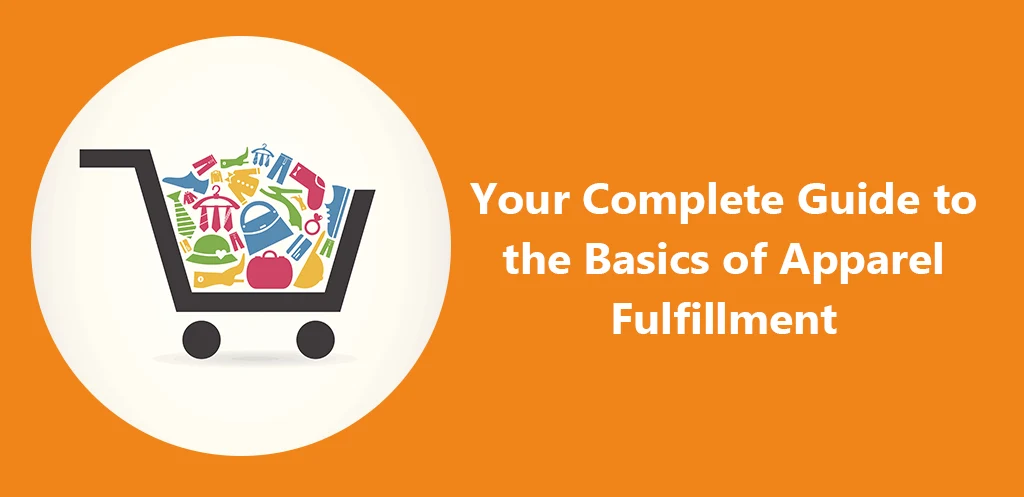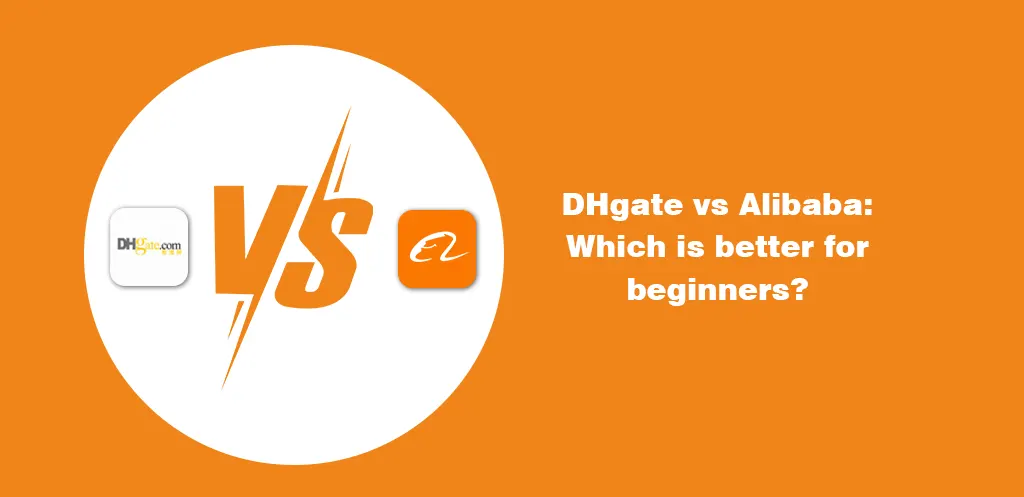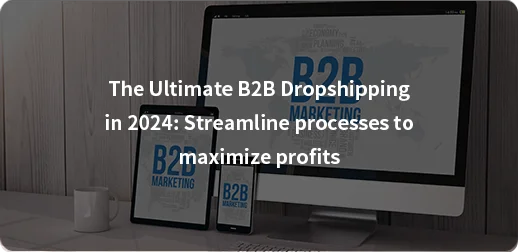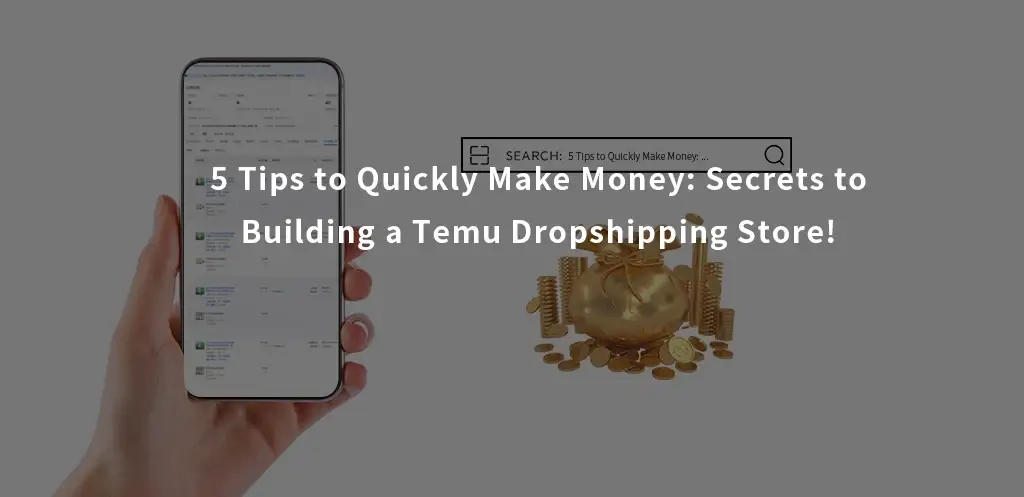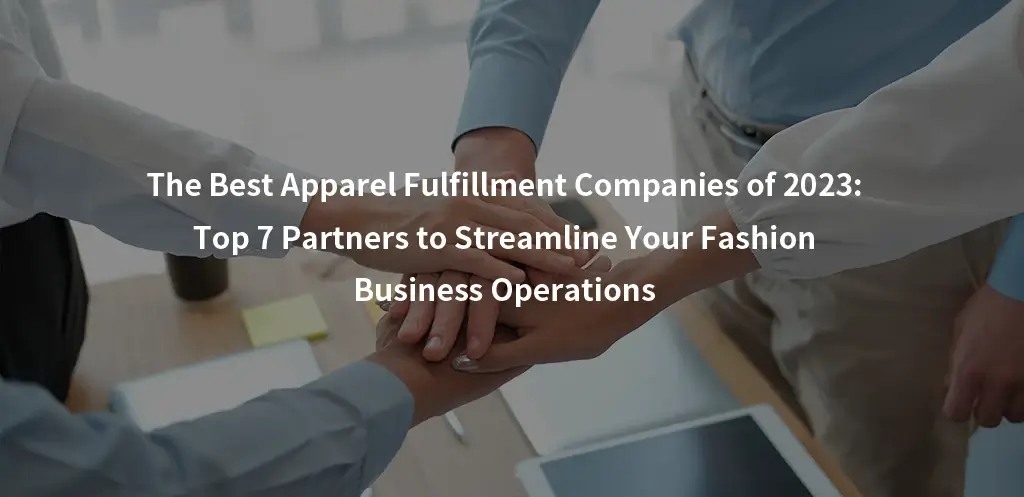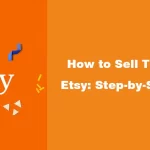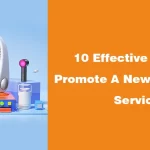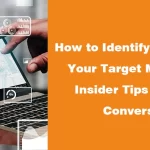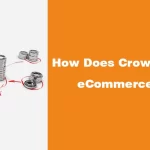Image you’re a regular at a cozy café downtown, and every time you walk in, the barista knows exactly what you’re going to order. This isn’t just a nice gesture; it’s a moment that makes you think, “Wow, this place really gets me.” You leave feeling more than just satisfied with your coffee; you feel seen and appreciated.
You’ve just experienced reciprocity marketing in action—a simple act of kindness from the cafe has not only brightened your day but also solidified your loyalty to them.
Now, as an e-commerce store owner, you might wonder how to replicate this warm, personal touch in a digital space. You’re constantly looking for innovative ways to boost your sales and keep your customers coming back for more.
That’s where the concept of reciprocity marketing comes into play. It’s a powerful strategy that taps into a fundamental human instinct—the desire to give back when we’ve received something.
Whether you’re new to this concept or looking to refine your approach, I’m here to guide you through. I’ll share with you not just the theory behind it but also five killer examples that illustrate its power in action.
What Is Reciprocity Marketing?

Reciprocity marketing is about giving something of value to your customers without immediately asking for something in return.
The idea is to make your customers feel valued and appreciated. It’s like the cafe that knows your order by heart but on a digital scale. I’ve seen this approach work wonders, not just in driving sales but in building a community of loyal customers.
Now, you might be wondering, “But won’t giving stuff away for free just eat into my profits?” I get it; it seems a bit counterintuitive.
However, the magic of reciprocity marketing lies not in the immediate return but in the long-term relationship you’re building with your customers. You have to play the long game.
When customers feel that you’re genuinely looking out for them, they’re more likely to stick around, make a purchase, and even spread the word about your store.
Let me share a little expert secret with you.
The key to making reciprocity marketing work is authenticity. Your customers are smart. They can smell a sales pitch from a mile away.
So, when you offer something for free, make sure it’s something genuinely useful and relevant to them. This not only increases the likelihood of them engaging with your brand but also sets you apart as a business that truly cares.
And here’s a little twist for you—sometimes, the most effective act of giving doesn’t look like a marketing tactic at all.
Maybe it’s an unexpected upgrade on their purchase or a personalized thank-you note. These small gestures can make a big impact, creating a sense of loyalty and trust that goes beyond the transactional.
In the grand scheme of things, reciprocity marketing is about nurturing a relationship with your customers where they feel like they’re not just a sales target but a valued member of your community.
And I’ll let you in on another little secret: sometimes, the best way to make a sale is to not try to make a sale. It sounds a bit like I’m telling you to chase your tail but trust me, it’s these unexpected strategies that can set your e-commerce store on the path to success.
How To Use Reciprocity In Marketing

Alright, let’s break down how to use reciprocity in marketing into four actionable steps that you can apply right away:
1. Start With a Gift
Now, think about your own products. What’s your sticker? Could be a guide, a discount, or perhaps a sample of something they haven’t tried yet. Make that freebie feel like a gift, not an afterthought.
For instance, you could leverage a good fulfilment agency to surprise your first-time customers with faster delivery. I bet that’ll give you a good rep in their minds.
2. Personalization
Ever gotten a “Dear [Your Name]” email and felt a buzz? Yeah, me neither.
Personalization is about going beyond the name. It’s about making your customer feel like the star of their movie, and you’re the thoughtful sidekick. In my ecom store, I tried segmenting my email list not just by what customers bought but also by their browsing habits.
I saw someone eyeing a coffee maker but left without buying it. Next week they got a cheeky email with a “missing something?” vibe, offering a tiny discount. It’s sort of like remembering your friend’s favourite cake and surprising them with it months later—shows you care.
3. Value Beyond the Checkout
This one’s close to my heart. Ever bought something online and then—nothing? No follow-up, no “how’s it going with your new gadget?”
That’s a missed opportunity right there. Offering value beyond the sale is like the icing on the cake; it leaves everyone screaming for more. When running a business, I always think, How can I do more? How can I be more? This way, your customers will feel like you care about them and not just their money.
Make it so good, they can’t help but come back for more.
4. Make it Memorable
Small gestures can make a big splash. If you send a surprise birthday discount to a customer, and the response was pure gold—a tweet that went mini-viral among our community.
It wasn’t about the discount, but the fact that we remembered. It’s like when someone compliments you on something you didn’t think was noticeable; it sticks with you.
Remember my coffee shop example? Adding a free sample of a new blend with a personalized note made me feel like a VIP at an exclusive tasting. It’s these little surprises that spark conversations, not just about the product but about the experience of buying from you.
Also, you should try enhancing the unboxing experience with thoughtful packaging. Good fulfillment agencies have great packaging options you can choose from. That’ll keep you at the back of their minds.
Five Reciprocity Marketing Examples
What other way to understand this concept is by analyzing real-life examples from brands you know and how they seamlessly succeeded in reciprocity marketing:
Spotify Premium Free Trial: Giving before being asked
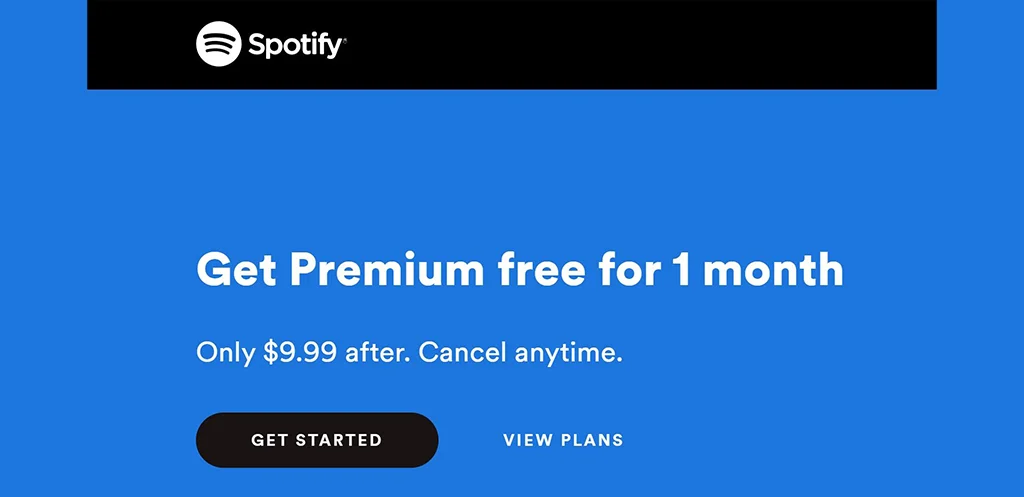
Spotify offers a 30-day free trial for its Premium service. This trial is not a teaser; it’s the full experience. Users get to enjoy music without interruptions, download tracks for offline listening, and experience enhanced audio quality. The reason this works so well is that Spotify removes all the usual annoyances of online streaming and replaces them with an elevated experience that users grow to consider essential.
I’ve seen this in action. People I know started their trial with some skepticism, wondering how much better the Premium version could be. By the end of the 30 days, their tunes had changed. They were not just enjoying music more; they had integrated Spotify so deeply into their daily routines that going back to the ad-supported version felt like a significant loss.
This conversion from trial to subscription demonstrates the power of experiencing full benefits without an upfront commitment.
For e-commerce, the takeaway is clear: let customers experience the best you have to offer right off the bat. If you sell speciality teas, send a sampler with unique blends not typically chosen by the newcomer. This not only introduces them to new flavours but also sets the stage for future purchases.
Amazon Prime Free Trial: All About Convenience

Amazon Prime’s strategy is to let users experience a suite of benefits for free for one month. This includes quick shipping, access to movies and series, and exclusive deals. The genius of this approach lies in its direct address to common online shopping frustrations: long waits and high shipping costs.
By eliminating these hurdles, Amazon not only enhances shopping convenience but also fosters a sense of reliance on their service.
The seamless experience from browsing to receiving packages astonishingly fast made the subscription fee seem negligible compared to the value provided. It turned what was initially a trial into a must-have service for me.
E-commerce stores can learn from this by offering a trial period that highlights their unique selling propositions. Whether it’s free shipping, exclusive access to new products, or special discounts, the goal is to make customers feel the immediate impact of these advantages.
Show them what they’ve been missing, and the transition from a free trial to a paid service will feel like a natural next step, not a forced decision.
HubSpot: Free Tools and Resources

HubSpot throws a lot at you for free. They’ve got this treasure trove of tools—CRM, marketing, sales, you name it—that they hand out without asking for a dime. It’s genius because it’s not just a teaser; these tools can run a good chunk of your business operations right off the bat.
For anyone running an e-commerce gig, think about what you’ve got that could be your ‘free tool’. Maybe you sell t-shirts; how about throwing in a free guide on how to maintain their quality? Give something so valuable that your customers can’t help but stick around for more.
Dropbox: Referral Bonus Storage
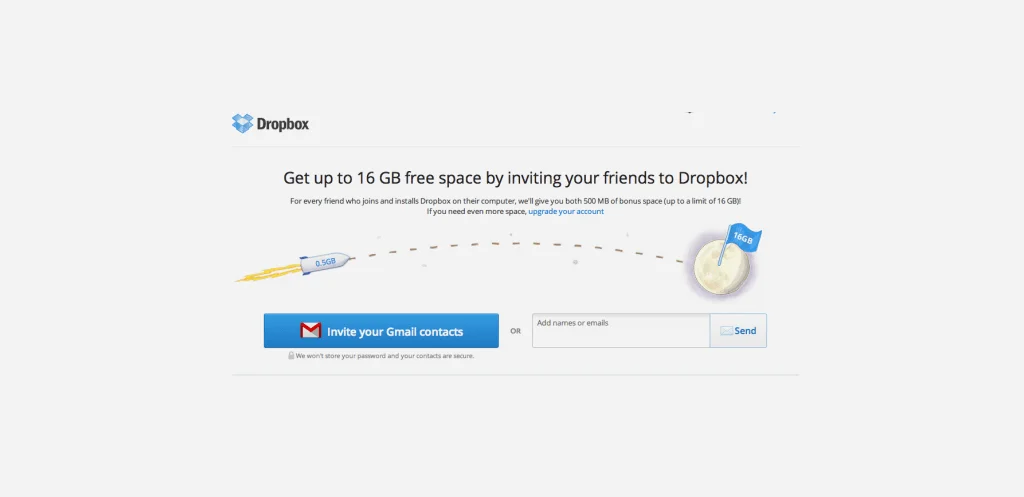
Dropbox’s referral game is smart. Share with a friend, you both get extra storage. It’s a win-win. You’re happy, your friend’s happy, and Dropbox gets more eyeballs. It’s like those referral codes for food delivery apps we all swap, but with storage space.
Everyone loves free stuff, especially when it’s something as valuable as storage space. Dropbox nailed it by making its existing users do the heavy lifting in spreading the word. And because getting your friend to sign up feels like doing them a favour, it doesn’t even feel like marketing. It’s genius.
Consider implementing a referral program where both the referrer and referee benefit from sharing and accepting offers. This could take the form of discounts, free products, or exclusive access to new items.
Such a strategy encourages sharing and brings in new customers who already have a favorable view of your brand, thanks to the trust placed in them by friends or family.
Moz: Free SEO Tools and Trial

Moz tosses out free SEO tools like nobody’s business. And then, just when you’re getting the hang of it, they hit you with a free trial of their Pro version. It’s a smooth move. You get a taste of what it’s like to be an SEO wizard, and suddenly, the idea of not having Moz in your toolkit feels unthinkable.
SEO can feel particularly tricky if you don’t know what to do, but Moz’s free tools help you through it. Then, by offering a glimpse of the full magic kit with the free trial, they’re banking on you realizing you can’t live without it. It’s like they’re saying, “See how much better your online life can be?”
Whether it’s about giving out useful tools, rewarding referrals, or offering a sneak peek of your premium service, the trick is to make your customers feel like insiders—like they’re getting something special, just for them.
That kind of feeling? It’s priceless, and it turns casual users into loyal fans. So, think about what you can offer that feels like a gift, not a gimmick. It might just be the push people need to choose you over the competition.
Wrapping Up
In e-commerce, using reciprocity marketing effectively means creating an environment where every customer feels valued and important.
This strategy fosters a community around your brand, making each customer feel like an integral part of your success rather than just another source of income.
And if I can leave you with one parting thought: sometimes, the most powerful way to make a sale is by not explicitly trying to make one.
It’s a paradox, sure, but this approach can be crucial in changing your e-commerce store from being just another option online to becoming a well-regarded and popular brand with dedicated customers.


